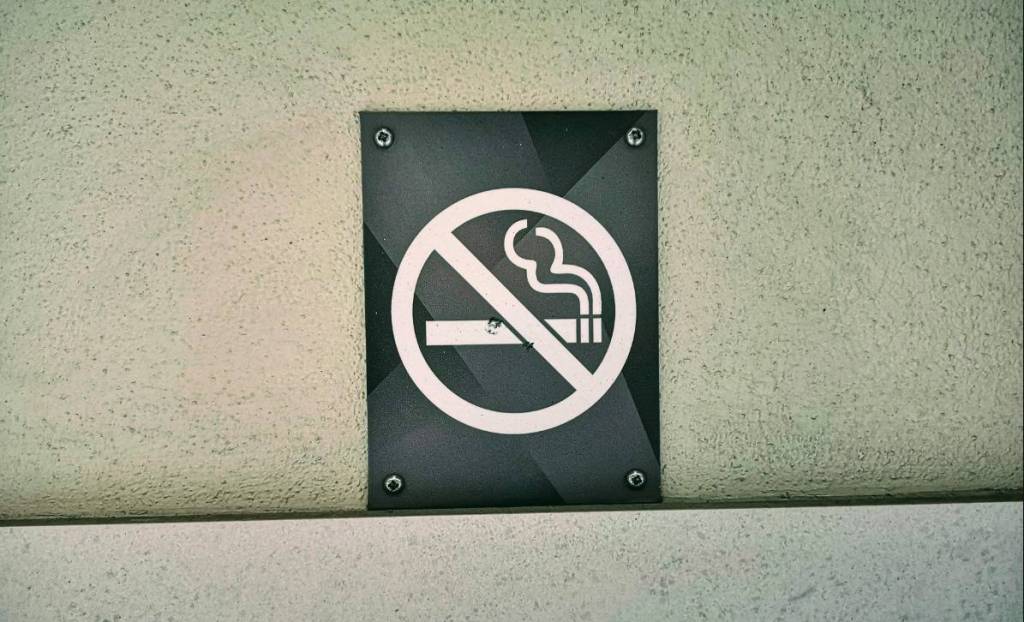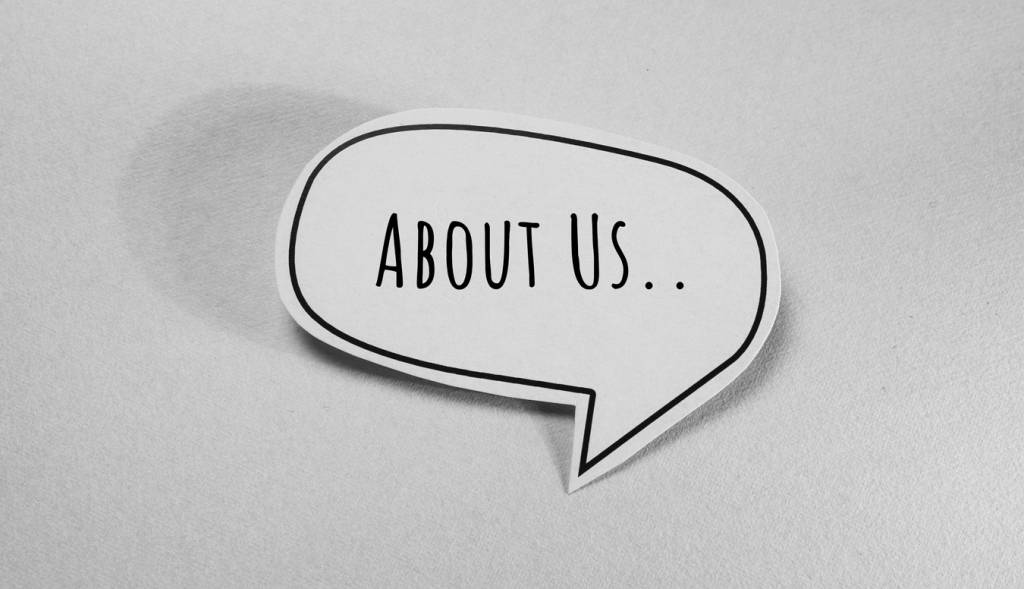 Working yourself to the bone is an unintentional but seemingly necessary professional philosophy. Most of the time, people don’t invest in themselves because life is geared toward working yourself to death in the nine-to-five grind. So it makes sense that people invest in life insurance to protect their family and income in case of death. But what about protecting yourself if you get sick or injured?
Working yourself to the bone is an unintentional but seemingly necessary professional philosophy. Most of the time, people don’t invest in themselves because life is geared toward working yourself to death in the nine-to-five grind. So it makes sense that people invest in life insurance to protect their family and income in case of death. But what about protecting yourself if you get sick or injured?
What do you think of as your most important asset in life? It’s likely your family. When you have children, taking out that life insurance policy is second-nature. But do you have disability insurance?
Why You Need Disability Insurance
You’re more likely to need disability insurance than you are to die anytime soon — and protecting your income and your family by getting both policies in place matters. The average life expectancy is 78.7 years for U.S. citizens and 115 people die each day. Rising healthcare costs and a failure to take preventative actions now decrease life expectancy.
Focusing on protecting your income while you’re alive and in case you become ill or disabled is the best course of action when it comes to covering all the bases for yourself and your loved ones. In reality, inadequate disability coverage is the blind spot that poses the greatest danger.
Over 51 million citizens go without adequate disability insurance in the United States each year beyond the Social Security Administration’s offerings and only roughly half of all Americans have enough cash in savings to cover three months of living expenses without any income. Here are a few other statistics to consider:
- Nearly half of Americans can’t cover unplanned expenses over $400 unless they sell something or apply for a loan.
- Among twenty-somethings, about 25 percent will miss work for a year due to a disabling condition before the typical retirement age.
- 5.6 percent of workers will have a short-term disability each year due to illness, pregnancy or injury, mostly non-occupational.
The most common causes of short-term disability claims are digestive disorders, musculoskeletal disorders, pregnancy, cancer, mental health issues and other injuries such as sprains and strains. Many folks end up filing for bankruptcy due to medical bills, job loss and injury, with one study finding cancer patients having the highest rates of bankruptcy. Cancer patients were up 2.65 times likelier to be bankrupt in Washington State.
Did you know it can take up to five months to get a decision on a claim for Social Security Disability Insurance (SSDI)? The processing time can take over a year. The SSDI benefits offered to many would place them at or near poverty level. As of January 2018, $1,197 monthly was the average SSDI benefit provided, which equals $14,364 a year. As of 2016, only one percent of Americans failed to attend work due to an occupational injury or illness, so you can forget Workers’ Compensation.
These statistics illuminate a dire reality that you and your family must pay attention to before you pay with your health and struggle to fend for your livelihood.
What You Should Know About Disability Insurance
There are typically two different kinds of disability insurance: long-term and short-term coverage. These types replace your income up to a certain point and some policies offer additional services such as training to get you back on track at work. For example, federal employees may collect up to 65 percent of their income to a cap of $8,992 each month and a waiver-of-premium covers premium payments after six months of complete disability until no funds are left. Should you die, loved ones continue to receive benefits for the covered period.
Different providers also define “disability” differently. Some pay if you can’t do any work and others provide partial disability since you can work part-time. Others will pay if you can’t do a job within your occupation while others pay if you can’t perform duties for any job that you would’ve previously qualified for.
Long-term and short-term disability policies commonly pay up to an average of 60 percent of your base income, but long-term coverage will usually pay a smaller percentage. Short-term policies are usually a year or less with a two-week waiting period, while long-term policies last a number of years or until retirement and have a three-month waiting period. Each policy differs depending on the provider.
Shop Around for the Right Fit
Check with your benefits representative at work to see if you have access to employer-sponsored coverage or if you can purchase a plan through your employer. A professional association you’re a member of may also offer a group deal on disability insurance. When shopping for your own policy, you’ll turn to a broker like any other insurance transaction.
Review all offerings before you make a decision and remember to shop around. Some policies allow for customization, such as yearly cost-of-living adjustments. You’re more likely to become disabled than you are to die, so make the essential investment of getting disability insurance to protect your most important asset in life.













